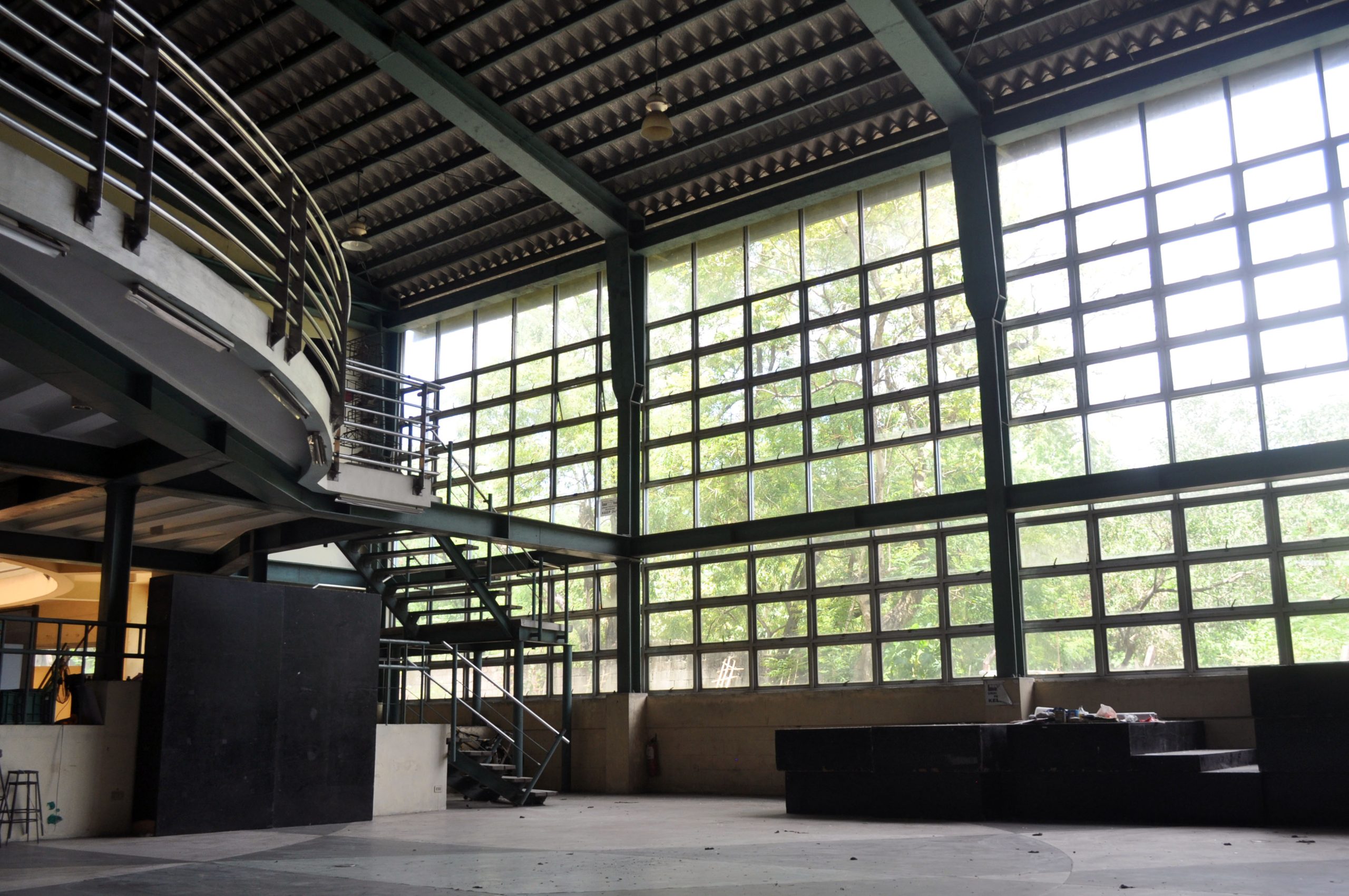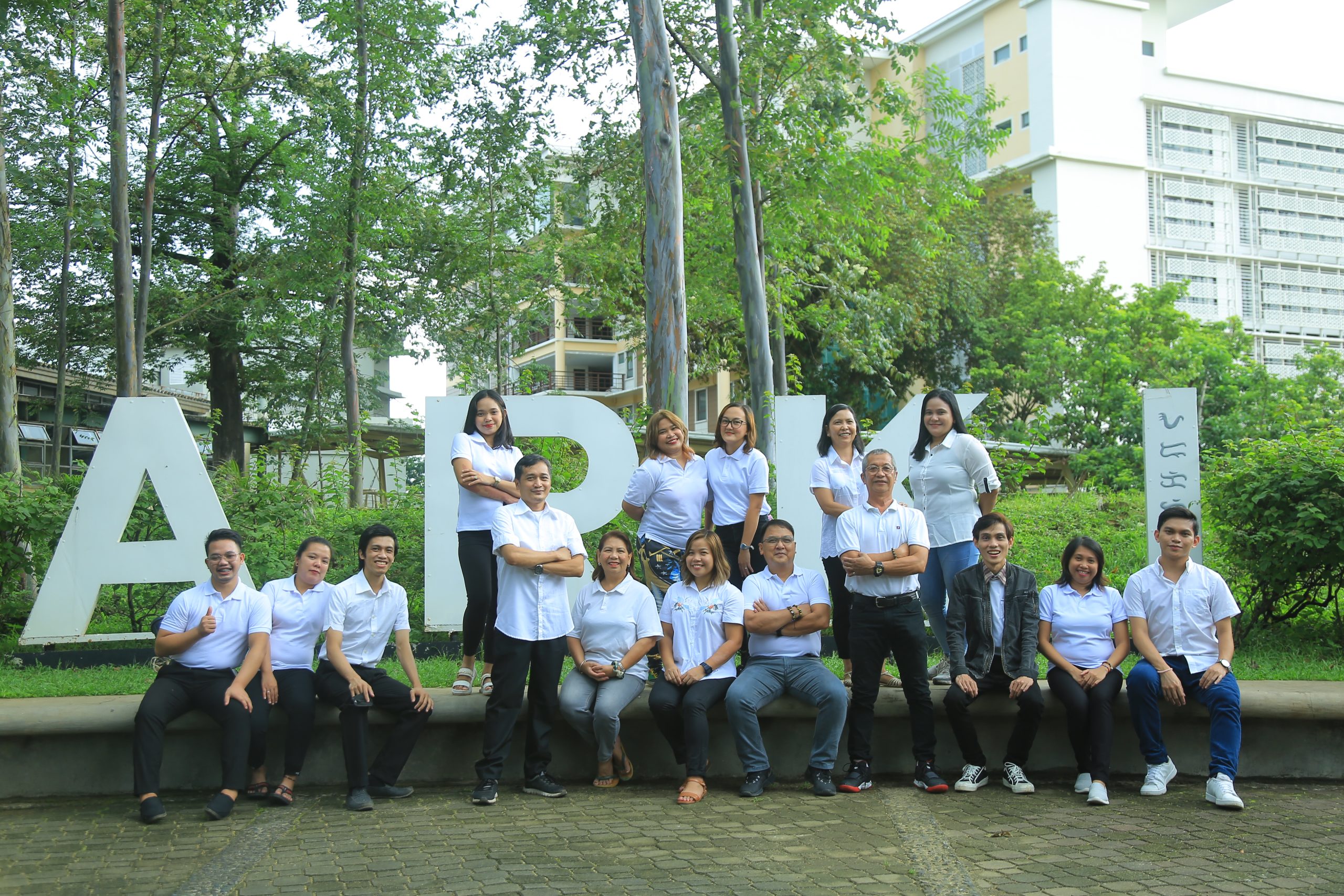WHO WE ARE & WHAT WE DO
The College of Architecture (CA) is one of the academic degree-granting units of the University of the Philippines (Diliman Campus) under the Science and Technology cluster. The narrative of the College reflects the evolving convergence of the arts and the sciences, the indoor and outdoor spaces, and the site and city contexts of the designed and built environment.
The Architecture Program was first introduced in the University of the Philippines in 1956 through the College of Engineering. In 1958, the architecture program was transferred or placed under the College of Fine Arts. The academic unit later became known as the School of Fine Arts and Architecture. In 1970, the College of Architecture was officially recognized as a separate academic unit, and has since pioneered the introduction of numerous other degree programs including the Bachelor of Landscape Architecture program in 1971.
Currently, CA houses academic degree-granting programs related to the built environment, with focus on architecture and landscape architecture in the undergraduate, and graduate levels. CA is also actively engaged in research and extension projects, and continues to build institutional linkages with local and international partners.
The vision captures the leadership position that the college wishes to be in and the role it wishes to assume in the definition of the living environment. The mission statements reflect the goals for the key results areas: Academics, Research, Extension, Administration, Facilities, Faculty and Students.
VISION
A leading and globally competitive academic institution of the designed and built environment for transdisciplinary knowledge generation, creative processes, and public service within the context of enriching Filipino architectural spaces and landscapes.
MISSION
To implement holistic and integrated academic programs that promote critical thinking and innovation;
To pioneer and generate transformative research in an ethical and facilitative setting;
To teach and engage in public service through collaborative, theory-grounded and practice validated, design-, knowledge-, and technology- based actions and advocacies;
To practice efficient systems of administration that epitomize pro-activeness and professionalism;
To foster academic and professional excellence, collegiality, commitment and compassion within faculty who can effectively communicate and motivate students towards lifelong learning;
To nurture responsible leadership by instilling empathy, independence, nationalism, and forward thinking;
To design, develop, and maintain facilities as required to fulfill our academic vision while applying sustainable, and smart design, construction, and operation principles.

Facilities
The UP College of Architecture has three (3) main buildings, an amphitheater, and an auditorium. The buildings house several studio classrooms, lectur...
LEARN MORE

Administration
The administration and management of the College of Architecture’s operations is handled by three (3) main offices – that of the Office of the Dea...
LEARN MORE

College Executive Board
The CEB is composed of the Dean, Assistant Dean, College Secretary, Academic, Research and Extension Program Directors, the Studio Laboratory Coordina...
LEARN MORE

Faculty
The UP College of Architecture consists of Full-Time and Part-Time faculty members, assigned into studio laboratories in relation to their own special...
LEARN MORE

History
The University of the Philippines Diliman - College of Architecture has its own share of history from the proposal for a School of Architecture in 192...
LEARN MORE





